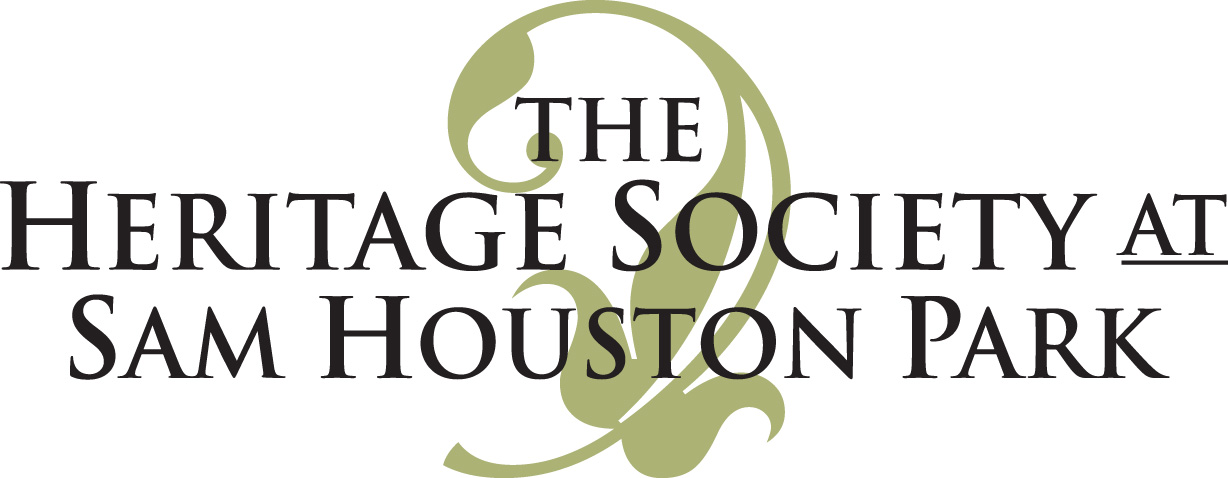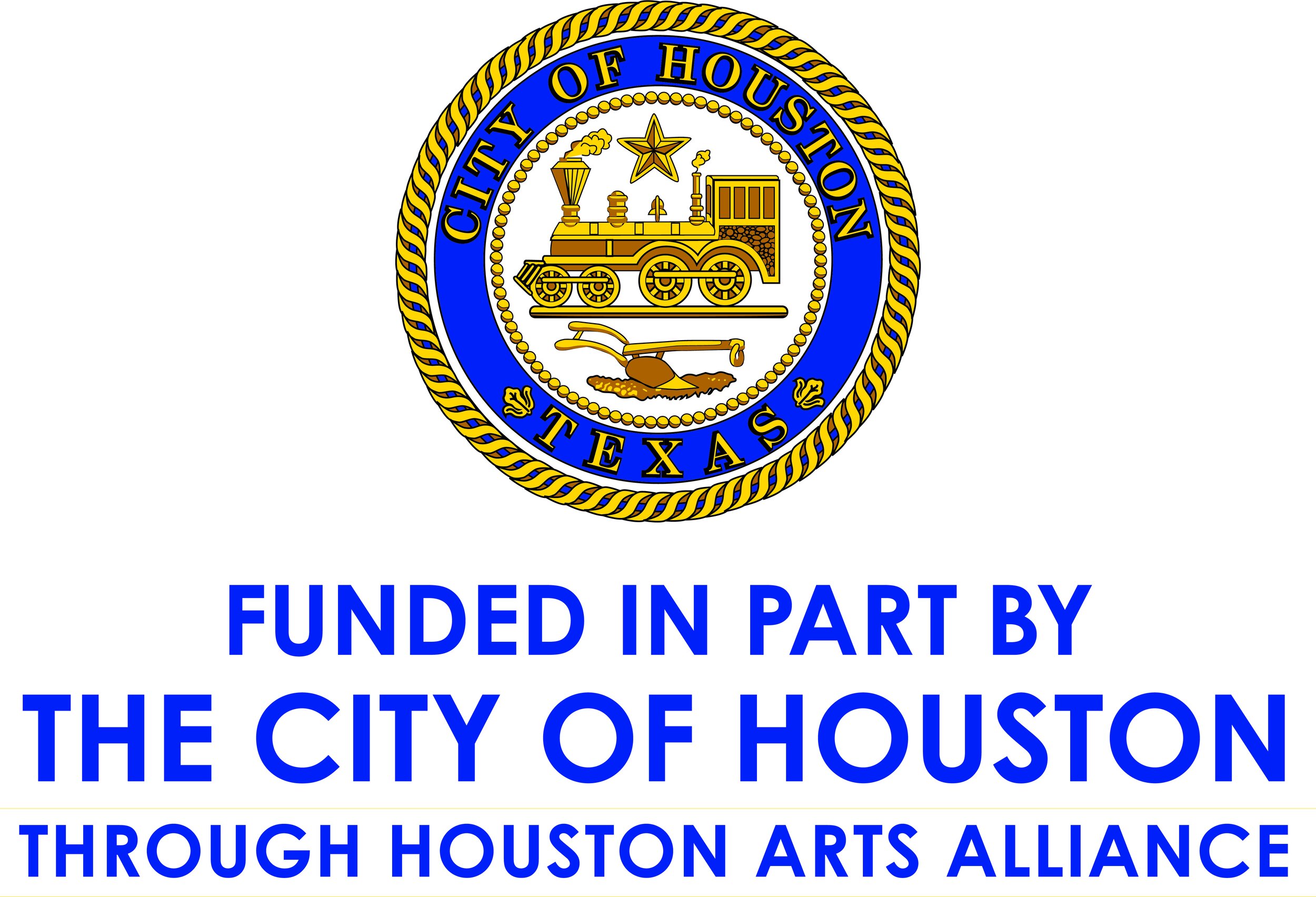Engines of Finance
First National Bank, Historic Texas Postcard Collection,
U of H Digital Library
Today we view our local banks as the multi-membered offshoots of giant financial institutions. They are nestled in strip shopping centers, imbedded in grocery stores, and perched on opposing street corners like watchful raptors hoping to entice customers.
In years gone past, our financial scene was far different. The Constitution of the Republic of Texas contained no provisions for banks or a banking system. Consequently, private firms carried on banking activities for both government and businesses. Even when Texas became a state in 1845, the Constitution prohibited the incorporation of banks, so cotton factors such as William Marsh Rice provided limited banking services. He would sell planters equipment and supplies on credit, import manufactured goods on commission, and advance cash at the beginning of the growing season, all of which was in exchange for liens on the planter’s crops and lands.
Benjamin Armistead Shepherd opened a private banking operation, the Commercial & Agricultural Bank, in 1854. It was the first chartered bank in Texas before the Civil War and Shepherd was the state’s first banker. Other early Houstonians such as T.W. House, Cornelius Ennis, and W.J. Hutchins operated private banks in connection with their cotton and mercantile transactions.
Commercial National Bank, historic Texas Postcard Collection,
U of H Digital library
After the Civil War, private banks dominated the financial scene. Then a number of new national banks were organized by Houston businessmen. The First National Bank was organized in 1866. A year later, B.A. Shepherd became the president and merged his private banking operations with the new organization. The Commercial National Bank, established in 1886, was closely tied to the cotton trade and the railroad industry. It was followed shortly in 1889 by Houston National Bank. South Texas National Bank was established in 1890 when Houston began serving as the regional financial center for lumber interests. It then merged with Commercial National Bank to form South Texas Commercial National Bank. The turn of the century greeted the appearance of the Union National Bank in 1905 and the Lumbermans National Bank in 1907. These hearty financial institutions demonstrated robust growth and they eventually built impressive structures to reflect their strength and power. There were four banks on the four corners of Main Street and Franklin. The 200 block of Main Street became known as Houston’s financial district.
Although few historic buildings remain in downtown Houston, several of these imposing financial buildings have survived to the present and have been restored to provide offices for today’s generations of businessmen and companies. In some cases, the buildings have been repurposed to serve a completely different function. Hence the Union National Bank building at 220 Main has a new life as the Hotel Icon and the Houston National Bank building serves as a spiritual setting for the Islamic Da’wah Center. Now Houston has many soaring buildings representing today’s financial giants but it is nice to know that there are still some brick and mortar remnants of the history of Houston’s early economic growth.
Houston National Bank, Islamic Da’wah Center











